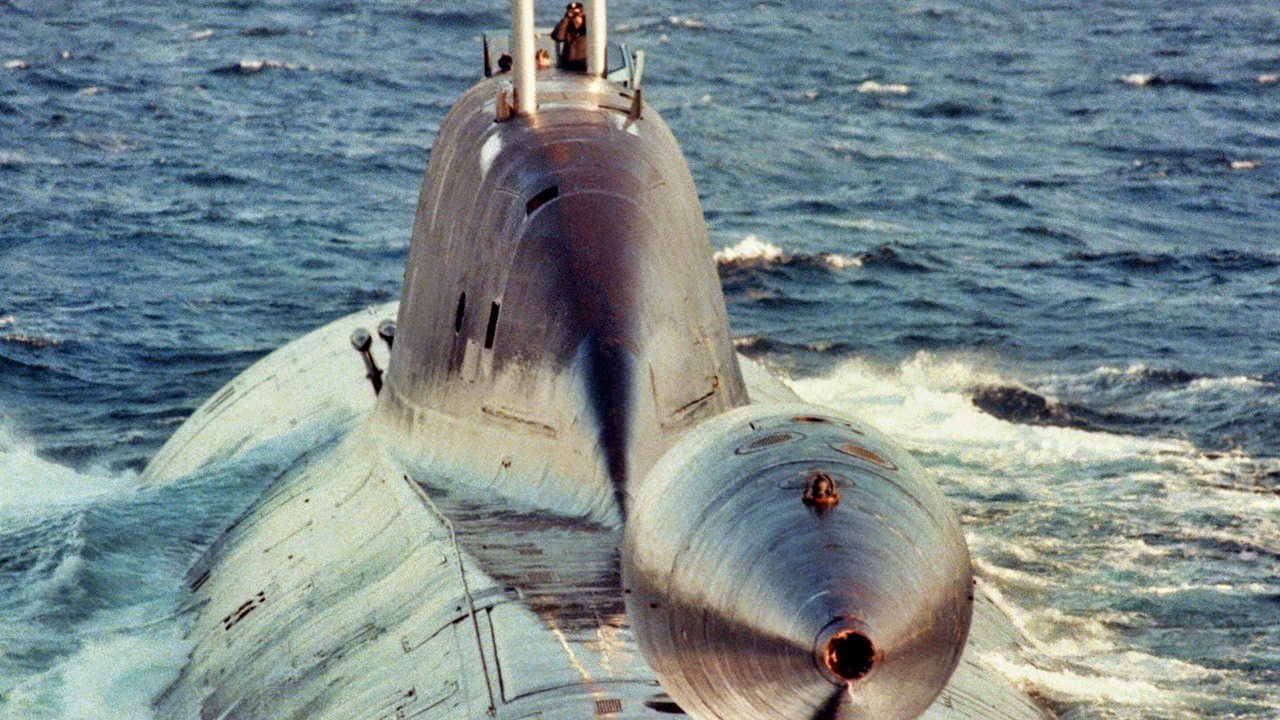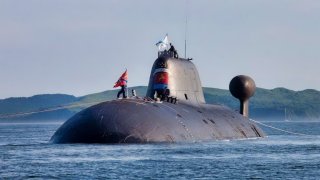Akula: The Russian Nuclear Attack Submarine with Just One Mission
During the final years of the Soviet Union, amidst economic turmoil and the arms race with the United States, the USSR launched the advanced Akula-class submarines. These fourth-generation attack submarines were designed to rival the U.S. Navy’s Los Angeles-class subs and featured in various Western media, symbolizing their perceived threat.
Summary: During the final years of the Soviet Union, amidst economic turmoil and the arms race with the United States, the USSR launched the advanced Akula-class submarines. These fourth-generation attack submarines were designed to rival the U.S. Navy’s Los Angeles-class subs and featured in various Western media, symbolizing their perceived threat. The Akula-class, particularly the Akula II variant, boasted superior technology and weaponry, including powerful sonar systems and nuclear reactors. Despite economic challenges post-USSR, Russia leased an Akula II to India, enhancing its naval capabilities. Today, despite being overshadowed by newer technology and the constraints of the Ukraine War, the Akula-class remains a critical component of Russia’s naval strategy.
Inside the Akula-Class: The Submarines that Shook Western Intelligence
In a strange turn of events, as the Soviet Union was in its final death agonies, the communist empire went on a weapons-building spree (this arms buildup, in response to the Reagan defense buildup, is what likely broke the economic back of the USSR).
Even as the USSR was falling to pieces, it had built some of the most advanced fourth-generation submarines, such as the Typhoon-class and the Akula-class. In the case of the latter submarine, the Soviets wanted to build an advanced attack submarine that could reliably counter the US Navy’s Los Angeles-class attack subs.
Thus, the Akula (meaning “Shark” in Russia) was born.
A (Red) Star is Born
The Akula is an iconic submarine, playing either the leading role or a supporting role in various Western submarine films. That’s because these double-hulled subs were highly lethal, and they moved in such a way that it reminded viewers of a menacing predator about to make its kill.
In case you’re ever in need of some trivia answers at your local bar’s trivia night game, the Akula-class submarine has been featured in The Hunt for Red October, Crimson Tide, and it was even one of the antagonists in the mid-1990s hit video game, Silent Steel.
Just as with the Typhoon-class, Russia’s other major fourth-generation submarine, the Akula-class submarine has serious staying power.
A History of Aggression
Like so many successful submarine classes, the Russian Navy had designed multiple variants of the Akula-class. The Akula I-class were the most numerous. And while they looked almost identical to subsequent Akulavariants—notably the powerful Akula II-class—the original Akulas had nothing on the Akula II.
The first Akula was launched in 1985.

Its launch surprised Western intelligence services and was viewed as a major intelligence failure by Western leaders, since those Western intel agencies had insisted that the Soviets would be unable to field a fourth-generation submarine until at least 1995.
They were off by a decade. Not to worry, those same intelligence services were in agreement with the claimthat the Soviet Union would persist until at least 2015. Within a few short years of making those prognostications, the American intelligence agencies were proven wrong.
Akulas are powered by OK-650B pressurized nuclear reactors. These subs can carry S-10 Granat cruise missile, plus six, 533mm external torpedo tubes. About 12 Akula I-class submarines were built. These systems possessed a wildly sophisticated sonar system paired with a powerful (for the 1980s) processor for rapidly identifying threats.
After the Akula I’s shocked the Americans and put the fear of God into the navies of the Western alliance, Moscow upped their game again with the Akula II-class submarine. Too bad for Russia (and blessedly for the West) that by the time the advanced Akula II dove into the Deep Blue Sea, Moscow was broke and the Russian state was in freefall. The Vepr (K-157) launched in 1995. The Russians could not afford to build more, although they planned to build at least two more units of the Akula II-class.
As Maya Carlin has outlined, the Akula II is armed with four 533mm torpedo tubes which could fire off multiple Type 053 torpedoes, RPK-6 or RPK-2 missiles. This boat can deploy naval mines, too.
Akula-Class For Rent: Russian Nuclear-Powered Submarine
Ultimately, the post-Soviet Russian government could not afford to maintain the Akula II during the turbulent 1990s and early 2000s. Rather than decommission the Akula II (as Moscow did to so many of its legendary submarines out for financial reasons), the Russian government leased the Akula II out to the Indian government.
The Indian Navy used the Akula II to train on and to gather critical knowledge for nuclear submarine operations (which they have already incorporated into their own growing naval capabilities). The sub was returned to the Russian Navy in 2021, with damage to its nuclear reactor.
Now that Russia is embroiled in the Ukraine War and they have been cut off from the West by sanctions, Moscow is pressing every platform it can muster into service. The Akula II is no longer the most advanced sub that Russia can deploy. But the Russian Navy still wants to maintain this capability. This is especially true as Russia must now not only use all measures it can to win in Ukraine, but Moscow must now also deter the West.
One of their biggest weapons for deterrence is the Russian sub fleet, of which the Akula II plays an important role. Therefore, the Akula-II is not going away anytime soon.
About the Author
Brandon J. Weichert, a National Interest national security analyst, is a former Congressional staffer and geopolitical analyst who is a contributor at The Washington Times, the Asia Times, and The-Pipeline. He is the author of Winning Space: How America Remains a Superpower, Biohacked: China’s Race to Control Life, and The Shadow War: Iran’s Quest for Supremacy. His next book, A Disaster of Our Own Making: How the West Lost Ukraine, is due October 22 from Encounter Books. Weichert can be followed via Twitter @WeTheBrandon.


